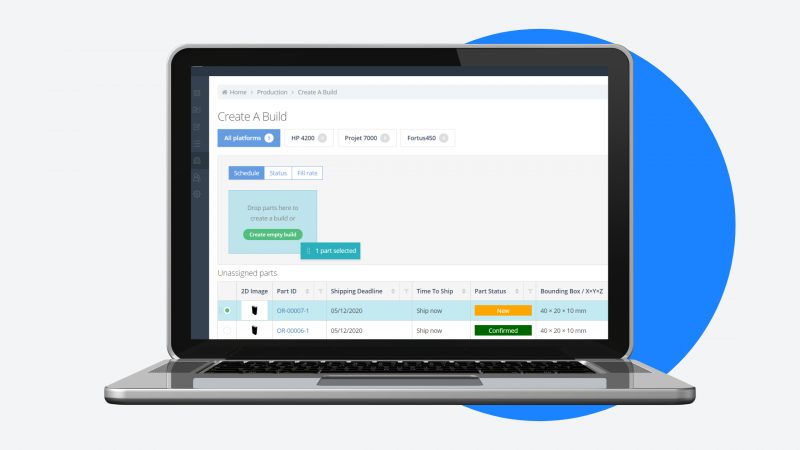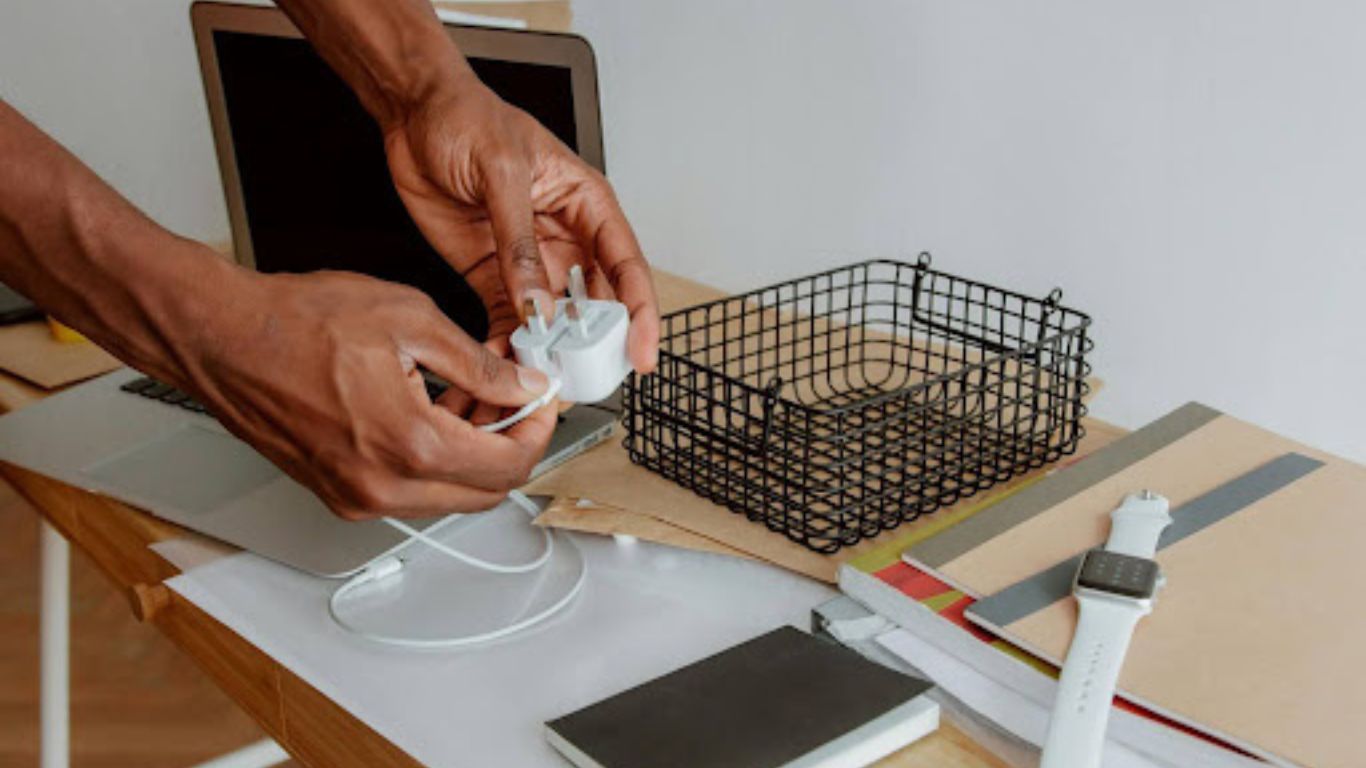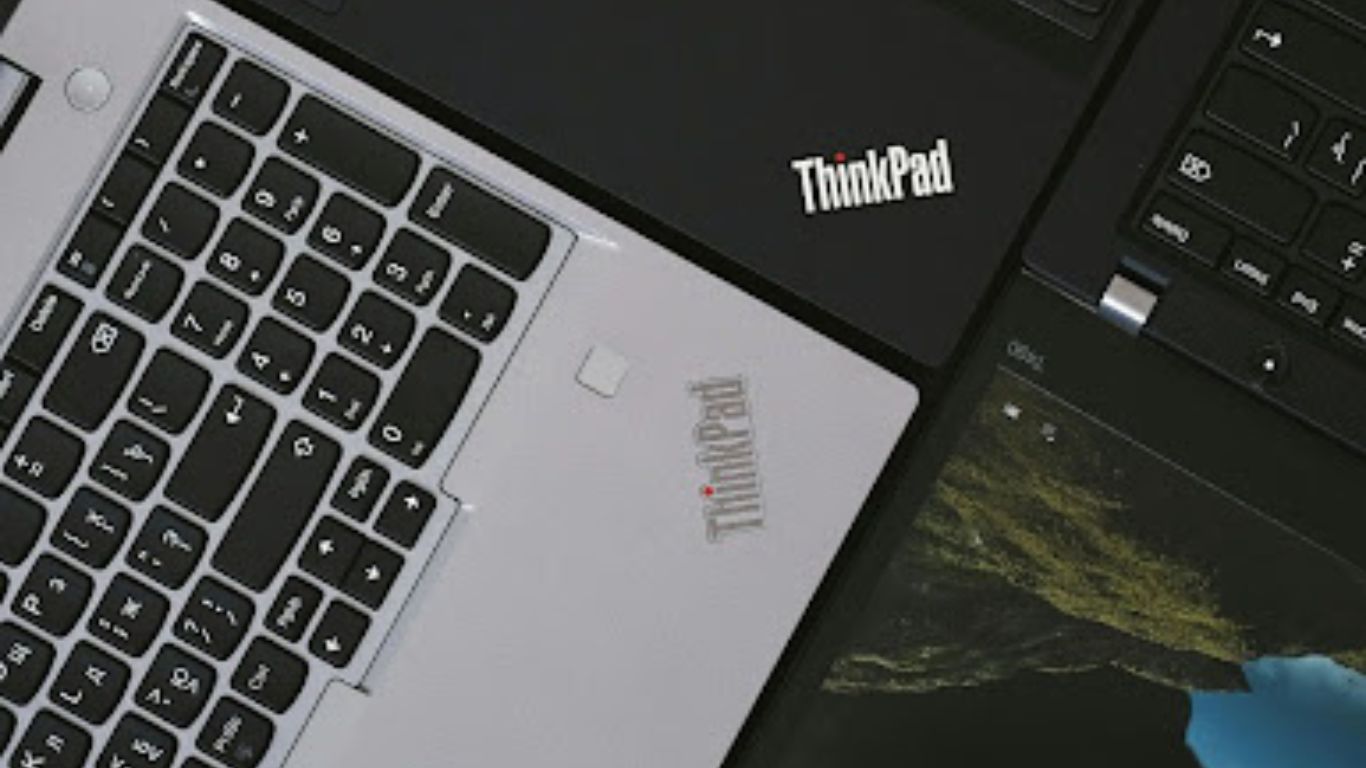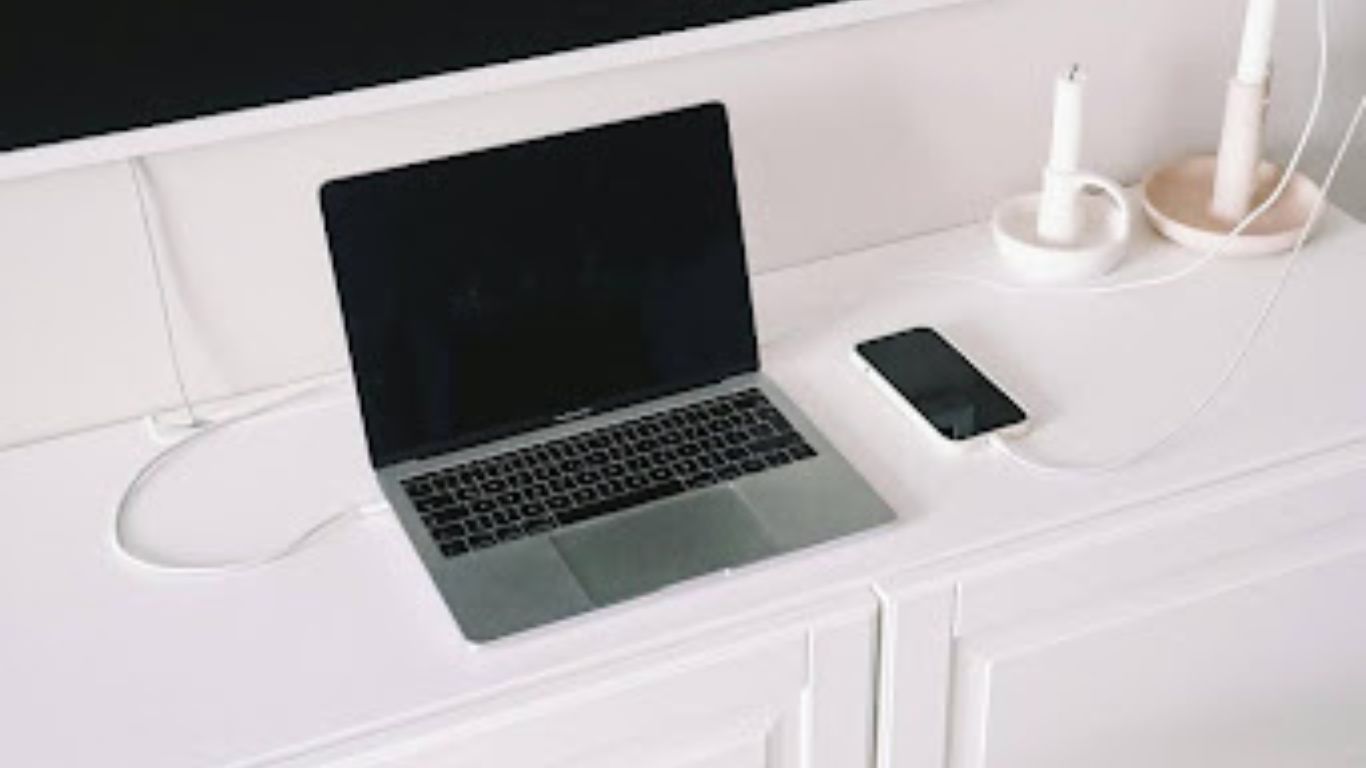-
The definition of additive manufacturing
The technique of adding materials to produce or develop an object is known as additive manufacturing, or AM. AM has been around since the late 1980s, despite the misconception held by many that it is a relatively new technology. Assembly and industrial fabrication are transformed by additive manufacturing. AM uses CAD software to direct digital machinery that precisely generates precise geometric objects. AM enables the fabrication of lighter, stronger parts and systems that offer digital flexibility and efficiency to manufacturing operations through the precise deposit of layer upon layer of material.

It’s not new to use additive manufacturing (AM). Many more sectors have adopted additive manufacturing in recent decades as a result of improved AM (also known as 3D printing) technology and declining costs. The market for 3D printing was estimated to be worth USD 13.78 billion in 2020, and it is anticipated to increase at a 21.0% CAGR from 2021 to 2028. Additionally, as additive manufacturing becomes more and more widespread, a range of applications for the technology are possible, including perhaps the development of additive manufacturing sealing strips.
So, let’s take a look at why Additive Manufacturing has been so successful.
-
Reduced start-up expenses
Starting a manufacturing business can be expensive. The range of what is economically feasible to make can be constrained by the requirement to design specialized tooling for any new item you desire to manufacture. Costs for home or hobbyist AM solutions can be as low as a few hundred dollars, while industrial AM equipment starts at just a few thousand pounds. Even better, all you have to do to update your design is inform the 3D printer of the updated specifications! The money you spent on AM equipment doesn’t need to be wasted.
-
Simple to learn (and use)
All new machinery and technology have a learning curve. The good news is that there is a variety of accessible training available for using additive manufacturing and 3D printers. There will be the proper training provided, regardless of whether you are in charge of operating the AM equipment or working on the CAD design side.
-
Less waste of raw materials
Many conventional manufacturing processes begin with a larger piece of wood or metal and then decrease it. The material that has been milled into pieces is frequently useless economically. Many raw materials are wasted during these reductive production processes. By starting from scratch and gradually adding what is required, additive manufacturing can cut down on wasted raw materials by up to 90%
-
Customisation for each individual
Each 3D printed item is produced using a digital blueprint, making it simple to customize each one without the need for retooling. This skill is very useful in the healthcare and medical fields because it allows for the creation of personalized supports and splints. Additionally, there is active research being done on how to create new human bones utilizing additive manufacturing techniques.
-
Integration of digital design
With the advent of computer-aided design (CAD), 2D paper sketches gave way to 3D virtual design environments. By going one step further, additive manufacturing enables those digital 3D drawings to be instantly translated into the real world. Today, a lot of design software supports 3D printing, which makes it easier to automate elements in the design process like adding inner honeycomb reinforcement or outside scaffolding. Thanks to additive manufacturing, turning a 3D design into a real-world object is now simpler, quicker, and more affordable than ever.
-
First prototype’s rapidity
For good reason, the term “rapid prototyping” has been used to characterize additive manufacturing. It is simple to develop a first prototype and assess how it operates in the targeted setting because producing a single item is so inexpensive and quick. The process can then be repeated after making any necessary modifications or adjustments using CAD. Initial prototypes frequently use less expensive materials, like Polylactic Acid (PLA), while later prototypes introduce the materials that will likely be used for the final design.
-
Tempo between prototype and production
To construct the final products using traditional manufacturing methods, tooling must be created. This causes a time delay and raises the price. With AM, the same tools can be utilized for production after the final prototype has been authorized.
-
Reduced expenses for energy and the environment
Additive Manufacturing may benefit the environment by cutting down on waste materials and manufacturing time! The LEAP engine’s 30,000th 3D-printed fuel nozzle tip was recently honored by General Electric. The number of parts in a single fuel nozzle tip was decreased from the approximately 20 pieces that were previously welded together to one complete piece using the additive manufacturing technique. The weight of the nozzle tip was reduced by around 25%. AM is excellent for the environment and the bottom line!
-
Low-production-volume runs
Low volume production runs are ideal for additive manufacturing. Traditional manufacturing processes have higher tooling costs, which can make low volume production unprofitable. AM indicates that even a single item can be produced profitably.
-
Distributed production
The elimination of the requirement for centralized production is another benefit of additive manufacturing. Put a 3D printer wherever you need something to be created! This is just one of the numerous causes for the widespread adoption of 3D printing in situations where conventional distribution methods might not work well. NASA’s “3D-Printed Housing Challenge,” a competition to create a 3D-printed habitat for deep space exploration, including the agency’s trip to the Moon, Mars, or beyond, is an extreme example of this.



